Green with Envy - Top 10 Facts About Emeralds
In the world of coloured gemstones, when you talk of the Big 3, you are referring to Sapphire, Rubies and Emeralds. We covered the Corundum family last year so this time it’s the turn of Emerald and a deep dive into what makes these gemstones so fascinating, prized and beautiful. Here we put together our Top 10 Facts – you may just find out something new!
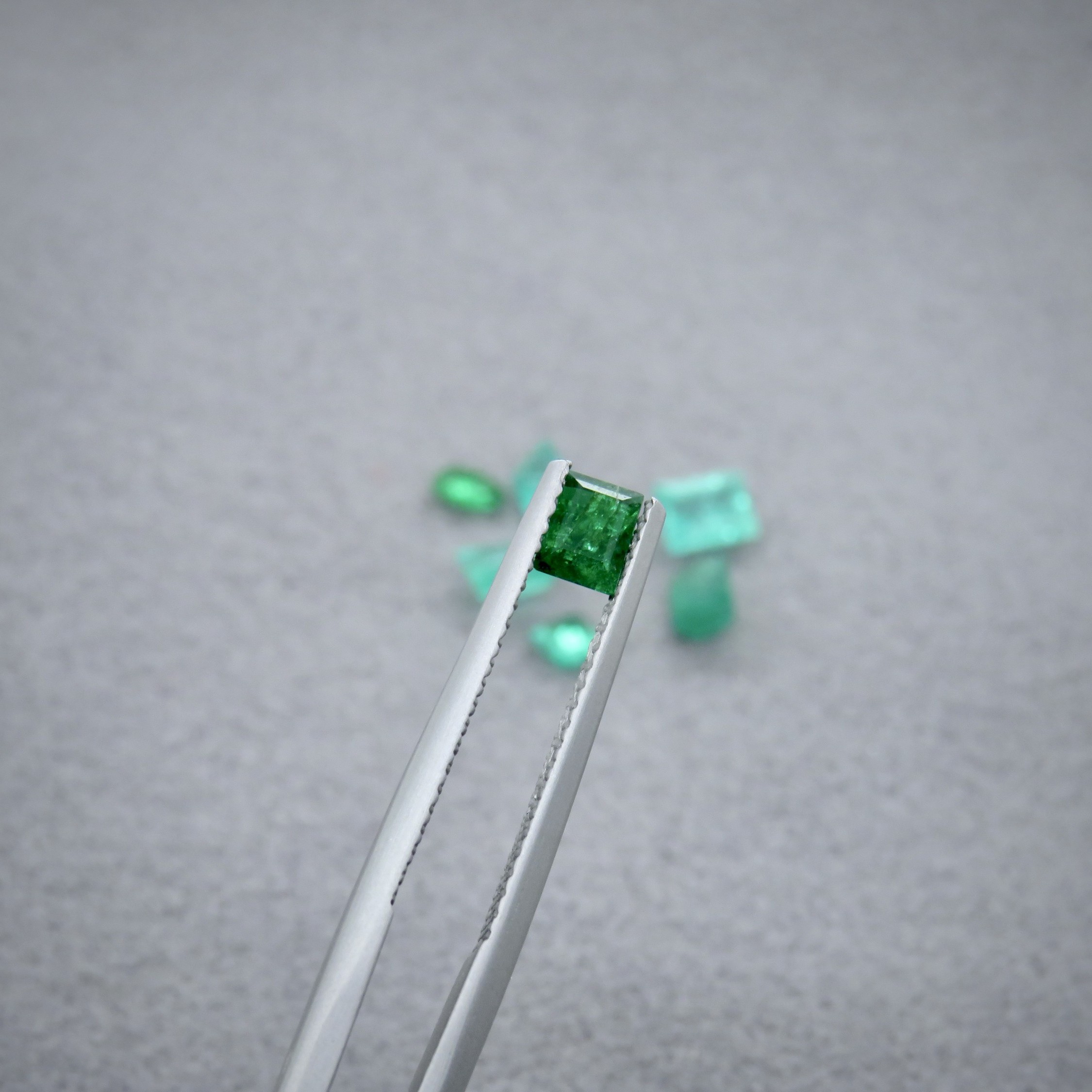
Fact 1
A bit like Sapphire and Ruby are part of the Corundum family, Emeralds have their own mineral species – Beryl. Aquamarine, Goshenite and Morganite are also part of the Beryl family.
Fact 2
You can get Green Beryl, so when does an Emerald become an Emerald and not just a Green Beryl? Well, it’s to do with the tone and saturation. Therefore, not all Green Beryl are Emeralds, but all Emeralds are Green Beryl!
Fact 3
It’s the trace amounts of Chromium and Vanadium that determine their lush green colour. It’s the intensity and purity of their colour that determines their value.
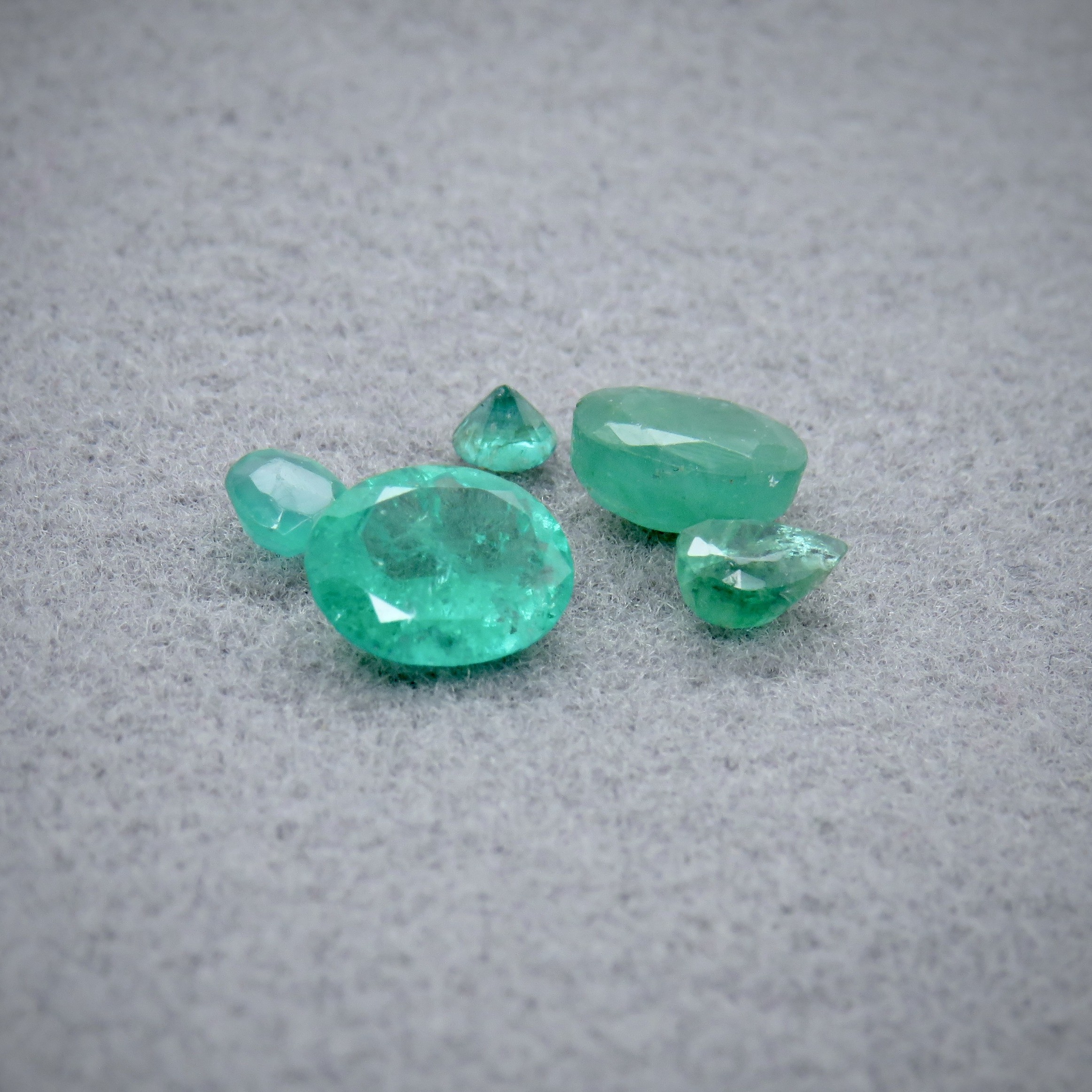
Fact 4
On the Moh’s scale they rank 7.5-8, but due to their internal inclusions they are more prone to chipping and scratching than Corundum.
Fact 5
About 60% of the Emeralds mined come from Columbia. Although Brazil, Zambia, Zimbabwe, Pakistan, Afghanistan and Madagascar account for most of the other 40% mined. Each of these countries, has at times, faced manmade issues as well as natural mining issues, which has made getting Emeralds to the marketplace a challenge. Inflation, war, politics and corruption to name a few! This also impacts the price of these gemstones.
Fact 6
Emeralds from different locations have distinct features. However, unless mining provenance is confirmed, it’s impossible to say for certain that a stone is from a certain country of origin based on the features alone. For example, Columbian Emeralds have a rich, vibrant green to bluish-green colour in comparison to Brazilian Emeralds that tend to be lighter to medium green sometimes with a yellowish-green or blueish-green and can have more inclusions which can affect their clarity.
Fact 7
Emeralds typically have inclusions, which are seen as characteristics rather than flaws. They are often referred to as the Jardin, a French word meaning “garden” because they can resemble plant like growths inside the stone. High quality Emeralds can be more valuable than diamonds due to their rarity, especially those with deep green hues, intense saturation and few inclusions. An Emerald devoid of any inclusions should be treated with caution and double checked that it's not a synthetic or lab grown stone.
Fact 8
May’s birthstone is Emerald and often seen as being associated with re-birth, regeneration, fresh beginnings, love and success. They are also the traditional gift for the 55th Wedding Anniversary.
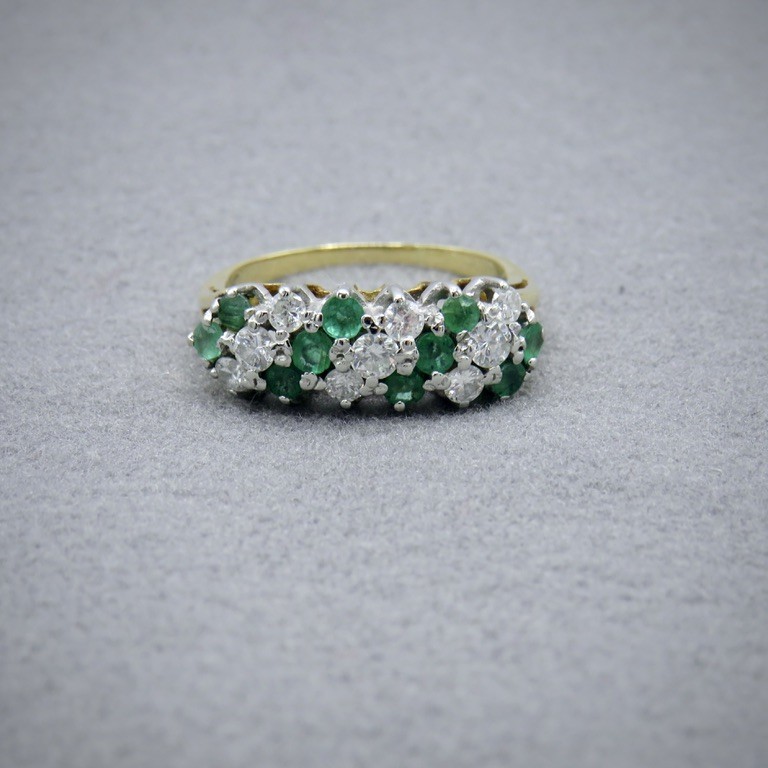
Fact 9
Over the years, many things have been thought about Emeralds. Some believed the Emerald’s green hue symbolised fertility and renewal. Others thought that placing an Emerald under the tongue could grant the ability to see the future. Some wore Emeralds to enhance memory, improve eloquence, ward off evil spells, and uncover the truth in a lover’s words. Additionally, Emeralds were used as antidotes for poison and were believed to help prevent epilepsy in children.
Fact 10
Emeralds can be treated with oils to hide surface-reaching breaks and improve transparency. These treatments can impact their ability to be cleaned and are often not permanent. Always check if the stone is treated.
Green Temptation...
Emeralds have a fascinating place in gem history as well as being beautiful stones. They may not have the toughness of diamonds, sapphires or rubies, but they truly hold their own in the value stakes and good, high end gem quality stones are rare.
Get in touch if you want to start your Emerald love story and let us help you find the perfect gemstones for you.
Related Articles
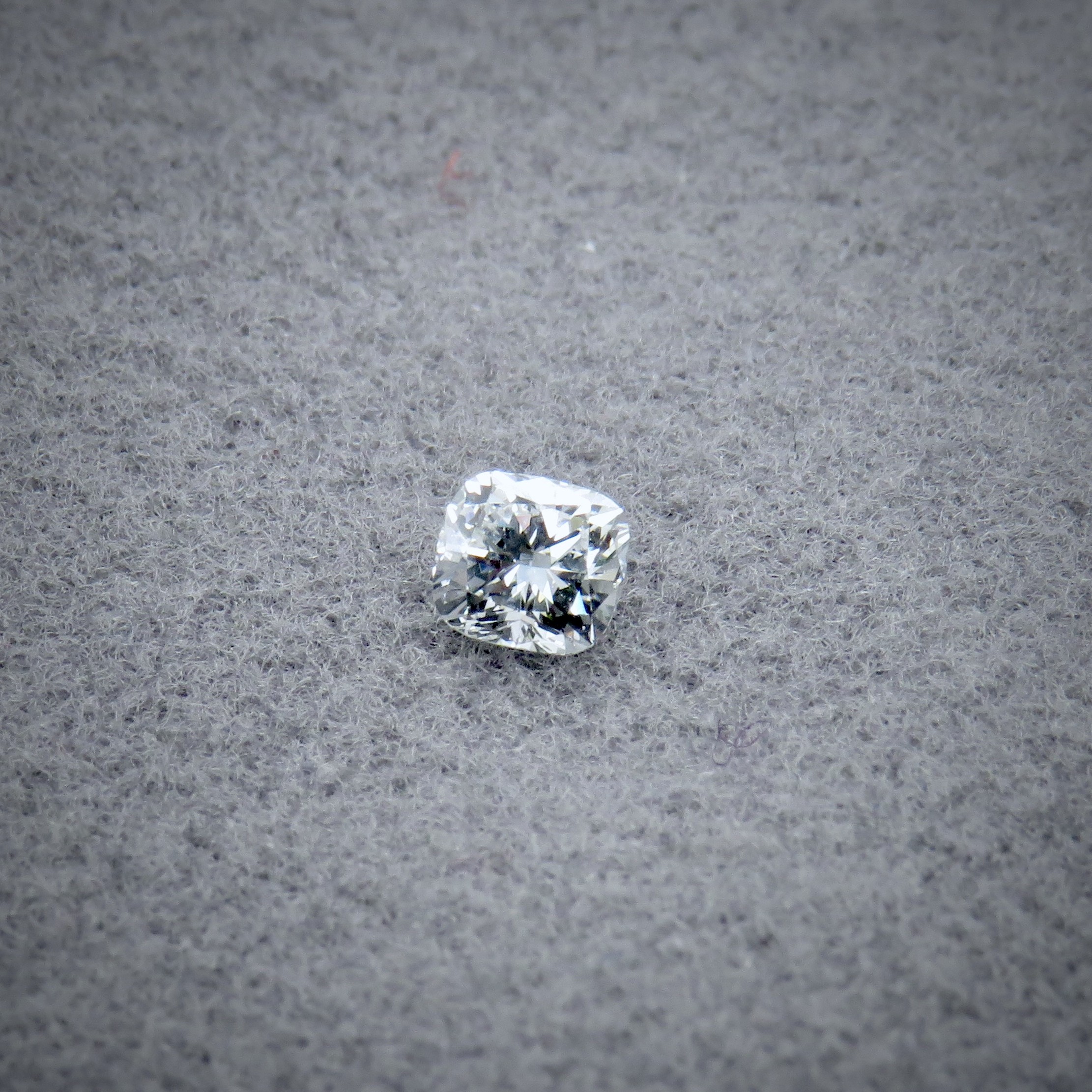
The 4Cs: What it Means For Your Diamond
The likelihood is you’ll have heard the phrase ‘the 4Cs’. But what do these 4Cs mean and how important are they? Read on to find out more
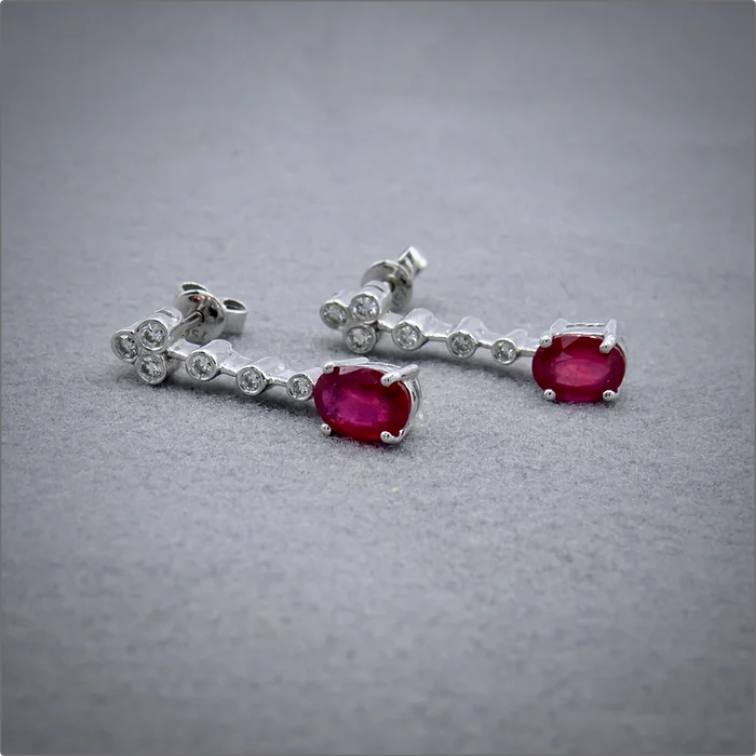
What the Corundum! All you need to know about Sapphires and Rubies
Sapphires and rubies are part of the same family – corundum. In this blog, we delve into these gemstones to find out more!